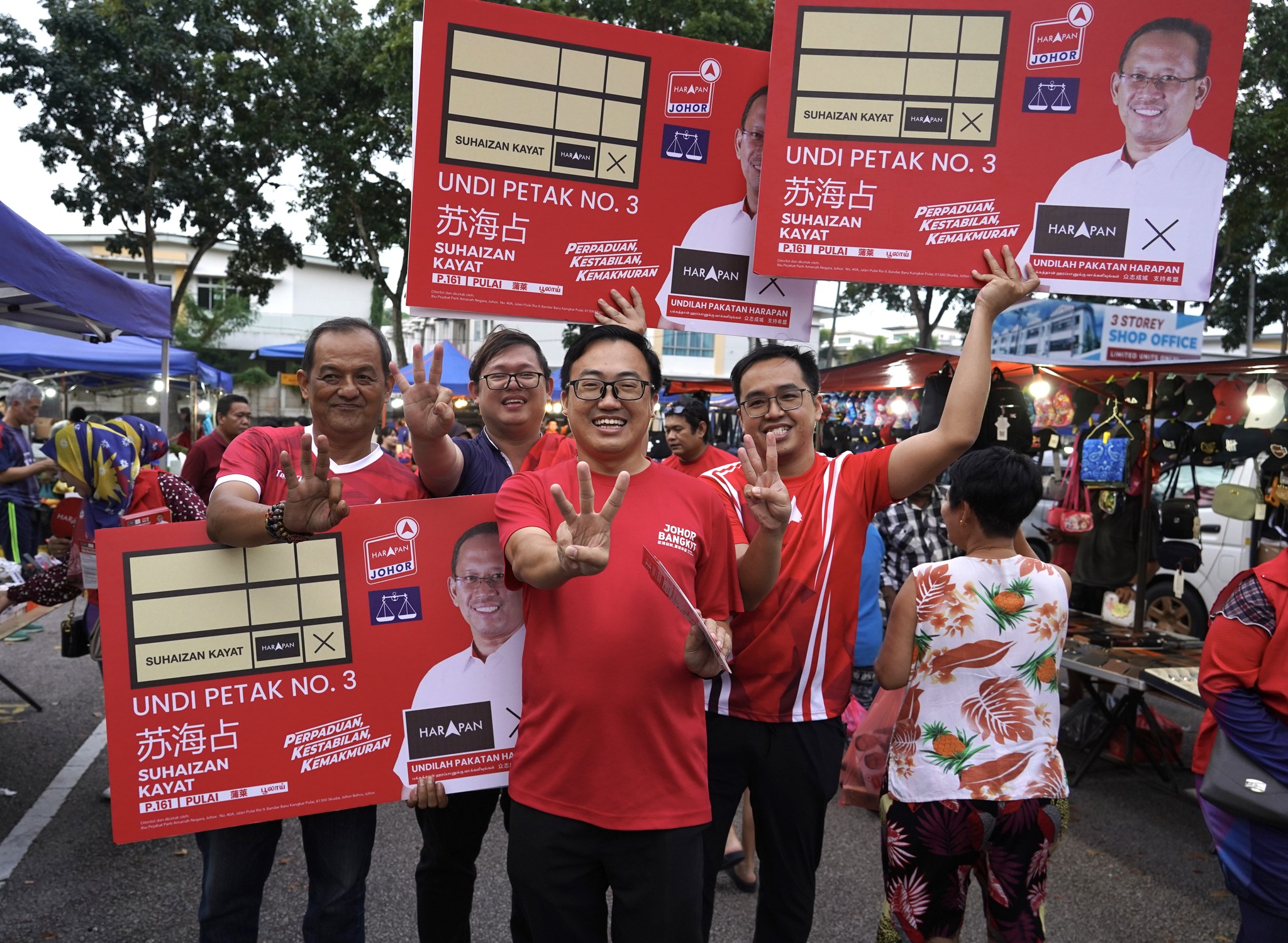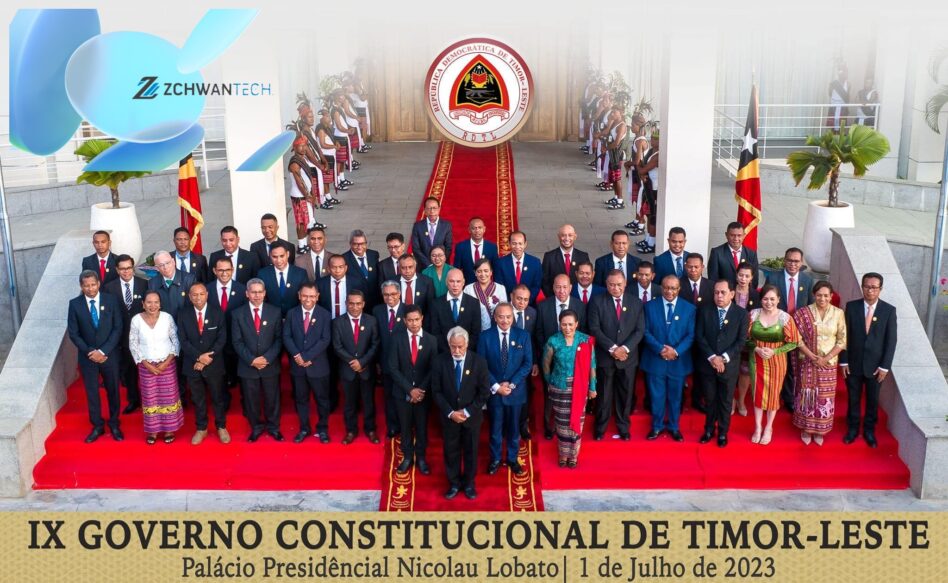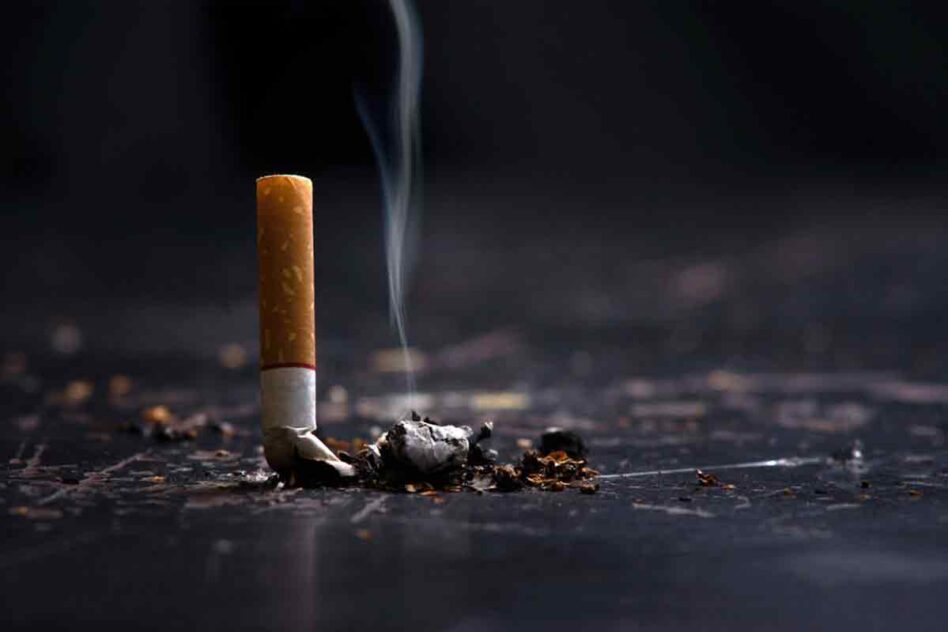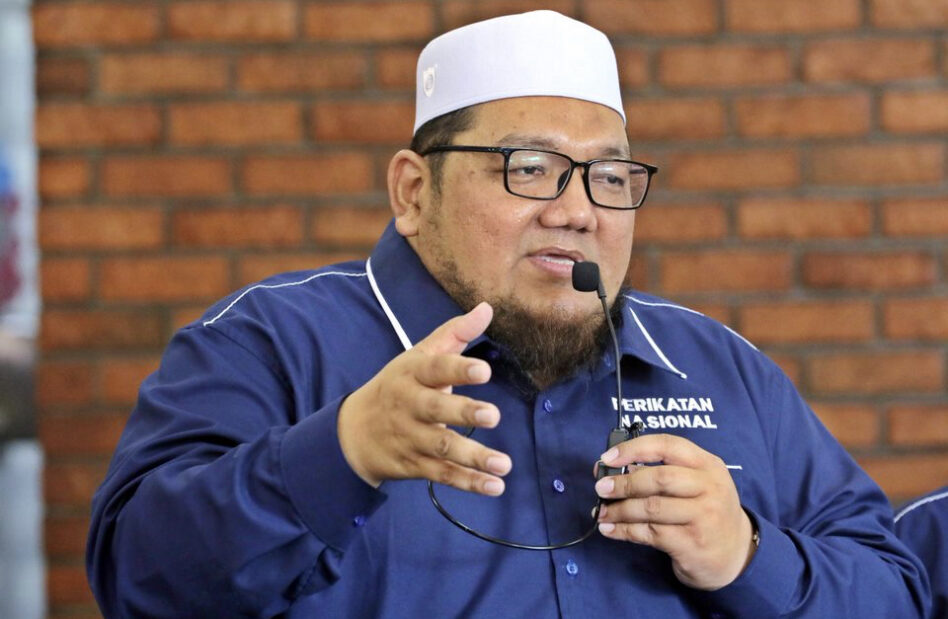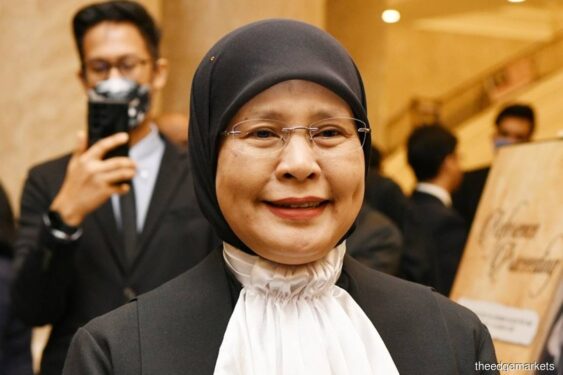THE Pakatan Harapan-Barisan Nasional (PH-BN) coalition might have won the recent by-elections in Johor. The victory can be described as a pyrrhic one.
Supporters of the unity government (UG) might go around saying that Perikatan Nasional (PN) met its Waterloo in Johor and that the state is not like other states that provides easy entry to the conservative political forces particularly PN.
Sympathy vote for the late Datuk Seri Salahuddin Ayob could have played a role in the unity government’s victory.
Yes, the results of the by-elections showed that the UG pulled off a victory that was not expected. However, gross victory does not tell us about the net effect of what were gained and what were lost in the by-elections.
As in the recent state elections in six states, the voting trends were not that different to the results in the by-elections. The two electorates was a polarised as regards ethnicity. The voting patterns of the different ethnic groups were as in the state elections or the 15th General Election (GE15).
Post-mortem
Especially among the Malays, the older generation might have preferred the UG but the youth gravitated towards PN.
Voter turnout was low in both the constituencies whether this was due to the rain or voters did not come back from Singapore or due to political apathy, disillusionment or anger is difficult to be ascertained.
Bridget Welsh describes the two by-elections as contest marked by re-alignment, non-alignment and general apathy.
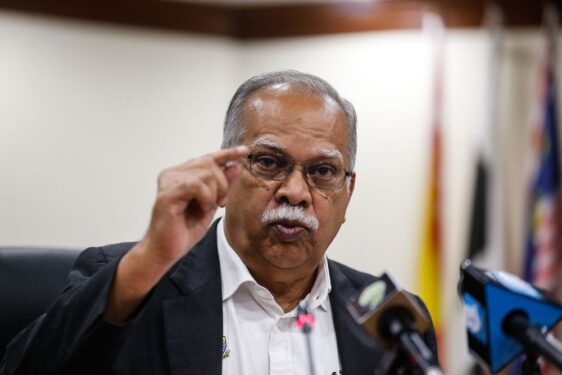
Generally speaking, there was re-alignment among Malays, non-alignment among Indians and disinterest or apathy among the Chinese to a large extent.
The low voter turnout or the victory of the UG was no indication that UMNO president Datuk Seri Ahmad Zahid Hamidi’s DNAA (discharge not amounting to acquittal) was not a factor in the elections. It certainly had a role in low voter turnout and the shift of Malay voters in the direction of PN.
Relatively, there was a higher turnout among Malay voters in comparison to the Chinese and Indian voters. Malays had high voter turnout, of which about 80% of them shifted their support to PN.
Only 20% of Malay support – especially among the older segment – that went for UG. This confirms that Malay support in the country is consistently moving in the direction of PN, especially among the young voters. It is not that Johor is impenetrable to the forces of conservative Islam.
Blatant disengagement
Beginning with the recent six state elections, there is conspicuous decline of Indian support for the UG. The failure on the part of the UG to resolve the myriad problems faced by the Indian community is the source of major grievances.
Moreover, the removal of some vocal Indian leaders from the PH component parties on the eve of the state elections has contributed to uneasiness and unhappiness amongst the Indians.
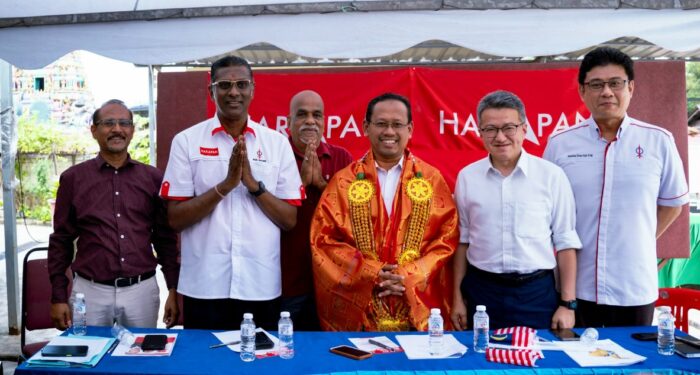
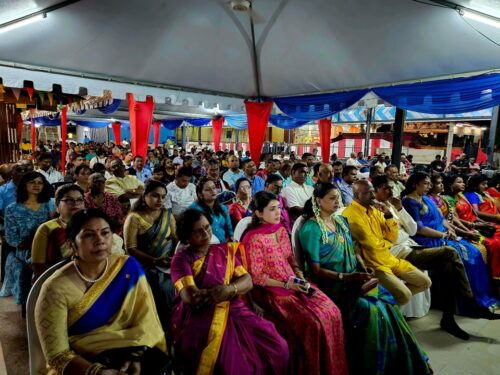
The decline of Indian support to the UG was marked in some states in the recent state elections. There is a feeling that the UG is no different from the earlier governments.
For instance, only 46% and 50% of Indians voted in the Pulai parliamentary and Simpang Jeram state polls respectively.
Since Indians constitute 12% of the total voters in Pulai, the non-turnout out was dramatic. It was a clear case of disengagement from the elections. There is growing feeling of paralysis among Indians that voting in elections does not mean anything to them or to their future.
Whether the present apathy among them might give rise to re-alignment to other political forces remains to be seen.
Worse still, in the recent six state elections and the recently concluded by-elections in Johor, some sections of Indians sought a re-alignment with PN. Anyway, Indians are still doubtful of the UG and what it can do for Indians.
Only Chinese support left
Indians might have lost their trust for the UG but not sure whether they can trust their future with PN.
There is growing feelings in the country that Indians need a new political party or an organisational force to represent them effectively. The UG might have won the by-elections but it was unable to stem the tide of Malay support for PN.
In fact, the Malays identified with PN rather than UMNO. Without the support of the Chinese, the PH-BN alliance would have been shattered in the by-elections.
The question is how long the Chinese community is going to be the support base of the PH-BN alliance. There seems to be an inverse relationship of UMNO’s lack of Malay support and its strong ties with the DAP.

The more UMNO losses Malay support, the more it comes to depend on the non-Malay especially Chinese support.
Such a relationship was unthinkable those days when UMNO had the undivided support of the Malays. But yet it was the same UMNO that used and manipulated its Malay strength to weaken and subjugate political parties such as MCA and MIC.
The question is how long is the Chinese community going to hang the albatross of UMNO around its neck? As witnessed by what transpired in the very recent by-elections and the recent state elections, electoral politics seems to be in flux.
Malays especially the youth are continuing to move in the direction of PN. There is no question about it. The Chinese are still the strong supporters of the UG but there is an indication that they are not comfortable with supporting UMNO. They are casting their support to UG due to the lack of reasonable political alternative.
It cannot be taken for granted that the Chinese community will support the UG if corruption and other financial wrongdoings are swept under the carpet by the government of the day. Discharging Zahid was bad enough; the full political repercussions have yet to be seen in the country. – Sept 14, 2023
Prof Ramasamy Palanisamy is the former DAP state assemblyman for Perai. He is also the former deputy chief minister II of Penang.
The views expressed are solely of the author and do not necessarily reflect those of Focus Malaysia.


